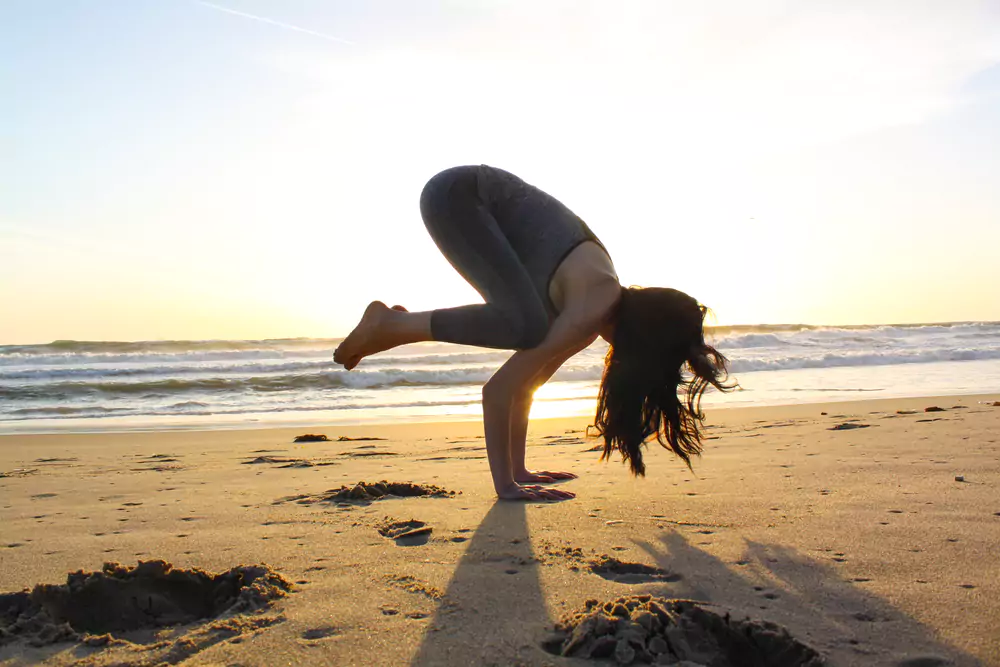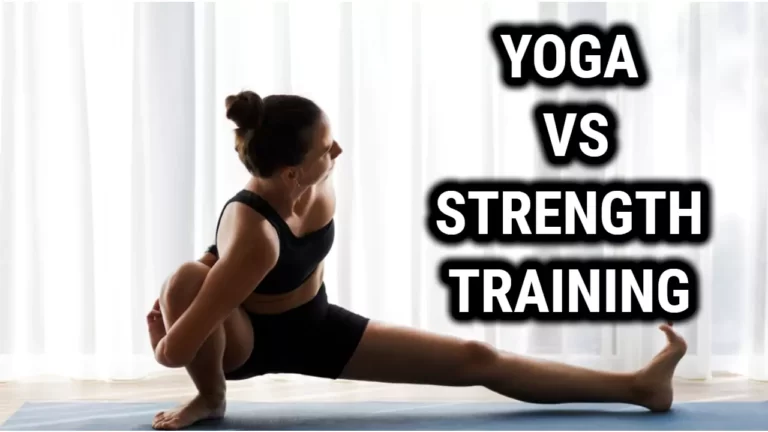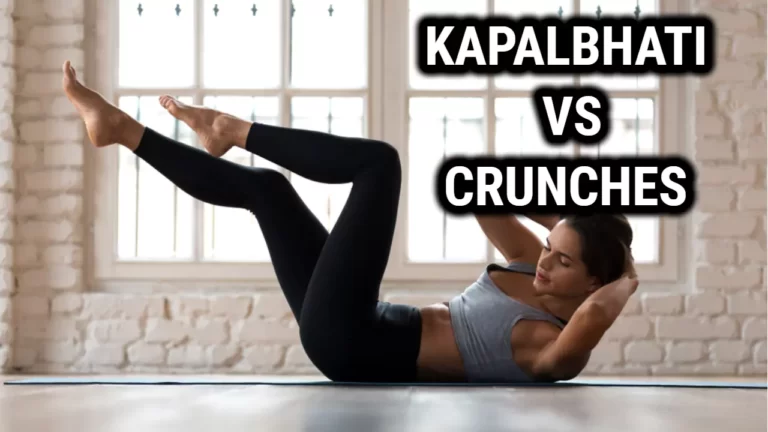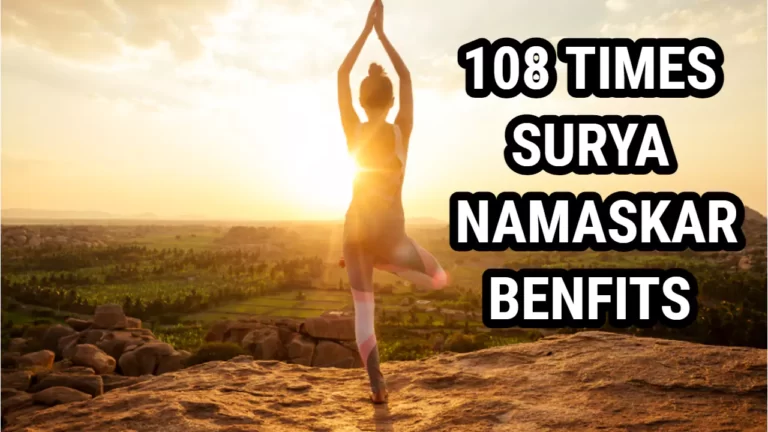What Are The Best Yoga Poses For Intermediates?

Yoga is a great way to improve your overall physical and mental health. It’s an exercise that can be done by anyone, regardless of their fitness level. But as you get more experienced and become an intermediate yogi, it’s important to make sure you’re doing the right poses for your level. In this article, we’ll talk about the best yoga poses for intermediates so that you can increase your strength and flexibility safely and effectively.
As you progress in your practice and become an intermediate yogi, there are certain poses that will help you further improve these aspects of health while remaining safe. From standing balance postures to arm balances, we’ll discuss the key yoga poses that will help strengthen both your body and mind.
Most importantly, we’ll go over how to properly practice each pose so that you can get the most out of them without risking injury or straining yourself too much. So let’s get started!
Definition Of Intermediate Yoga Poses

Intermediate yoga poses are postures that build upon the foundation of basic poses. They are typically more challenging than basic poses, and usually require a bit more flexibility and strength. Intermediate poses may involve more complex body positions and alignment, and can also include inversions and balancing poses.
These poses are often designed to help practitioners deepen their practice, enhance their balance and coordination, improve strength and flexibility, increase awareness of the body’s alignment, as well as build stamina. In addition, they can help practitioners become more mindful of their breath while developing concentration and focus.
Benefits Of Practicing Intermediate Poses
Intermediate poses in yoga offer a unique challenge for practitioners. Recent studies have shown that 84 percent of people who practice intermediate yoga poses experience greater physical and mental benefits than those practicing beginner poses.
Learning and practicing intermediate poses can help improve flexibility, strength, focus, and balance – all of which are beneficial to the body.
An important benefit of doing intermediate poses is improved posture. Many postures require both stability and balance while challenging the core muscles. This helps to reduce strain on the back and neck muscles, as well as strengthen them over time. Additionally, these poses help to build awareness of alignment in the body, leading to better posture.
Intermediate postures also provide an opportunity for practitioners to expand their practice beyond beginner levels. Doing more difficult postures can help build confidence and discipline in one’s practice.
As practitioners become more comfortable with their bodies, they can learn how to adjust their breath and movement with each pose in order to maximize its benefits. With this knowledge, practitioners can create a practice that works best for them while deepening their understanding of yoga philosophy and technique.
Safety Tips Before You Begin
Before you start your yoga practice, it is important to remember safety tips. First and foremost, warm up with a few stretches before doing any of the poses. This will help prevent injury and make you feel more flexible. Additionally, be sure to use the proper form for each pose, as incorrect form can cause strain on your body. Here are some tried and true safety tips to keep in mind:
- Always stay hydrated
- Listen to your body & respect its limitations
- If a pose feels too intense or uncomfortable, don’t push through it
- Wear comfortable clothes that won’t restrict movement
It’s also important to note that you should take rest if needed during your practice. If something doesn’t feel right, take a break or modify the pose so that it works best for your body. Remember that yoga is meant to be enjoyed, not endured. Have fun!
Preparatory Poses
Now that we’ve covered the safety tips to keep in mind before you begin, let’s move on to talking about some of the best preparatory poses for intermediates. These poses will help warm up your body and prepare it for more challenging practices.
The first pose to try is the standing forward bend, or uttanasana. This pose helps stretch out your hamstrings, which get tight from sitting for long periods of time. From there, you can move into a low lunge pose to stretch out your hips and quadriceps, before transitioning into a cobra pose to open up your chest and back muscles.
Finally, you can do a few rounds of cat-cow stretches to really get your spine moving and prepare it for more intense yoga sessions.
By doing these preparatory poses before getting started with intermediate level yoga practice, you’ll not only be better prepared physically but also mentally as you focus on each movement and breath. You’ll be able to start off strong and set yourself up for success!
Standing Asana Postures

Standing asana postures are a great way for intermediates to increase their practice. Warrior I, Triangle, and Half-Moon are all postures that help build strength and balance.
Warrior I engages the legs and arms while strengthening the core and expanding the chest. Triangle helps open up the sides of the body while building strength in the legs, hips, and arms. Lastly, Half-Moon expands both side body and chest while strengthening the abdominals.
These standing asanas can be extremely beneficial for intermediates looking to deepen their practice by increasing strength, balance, and flexibility. With regular practice, these postures can help create a strong foundation from which more advanced poses can be explored safely.
Seated Asana Postures

Ah, seated asana postures—the perfect opportunity to enjoy a few moments of peace and tranquility in your own personal yoga journey! With that being said, if you’re an intermediate yogi looking for a challenge, then these poses may just be what you need. Here’s a list of the top 3 seated asana postures for intermediates:
- Padmasana (Lotus Pose): This pose is great for lengthening the spine and calming the mind. It helps to relieve stress and fatigue while also strengthening the back.
- Ardha Matsyendrasana (Half Lord of Fishes Pose): This seated twist helps to open up the hips and tones the abdominal muscles. It’s also known to improve digestion and provide relief from backaches.
- Paschimottanasana (Seated Forward Bend): This pose helps to stretch out the hamstrings and reduce back pain while promoting overall relaxation.
So there you have it, three powerful seated asana postures sure to give any intermediate yogi a serious workout! Just remember to take your time with each pose and focus on your breath—it will make all the difference in your practice!
Prone Asana Postures

Prone asana postures are great options for intermediates looking to increase their flexibility and strength. These poses involve lying on the stomach while keeping the arms and legs straight.
One of the more popular prone asanas is Salabhasana, or Locust Pose.This pose strengthens the back muscles, stretches the spine and encourages good posture. It’s important to remember that the lower back should be kept flat on the ground during this posture, so that it does not become overly arched.
Another beneficial pose for intermediates is Ustrasana, or Camel Pose. This pose helps to open up the chest and hips, as well as strengthening and stretching the entire body. While performing this pose, it’s important to keep your head up and focus on keeping your shoulders away from your ears in order to create space in the neck area.
Prone asana postures can be a great way for intermediates to increase their strength and flexibility while also improving their posture.
Also Read: Forearm Strengthening Yoga Poses
Supine Asana Postures
Moving on from Prone Asana Postures, Supine Asana Postures are a great way for intermediate yogis to build strength and flexibility. These postures involve lying on the back with the arms and legs in various positions.
Some of the best yoga poses for intermediates include Bridge Pose, Reclined Twist, and Supported Shoulderstand.
Bridge Pose is an excellent pose for stretching out the front body while strengthening the back muscles. It can be done either with the feet flat on the floor or elevated on a block or pillow.
Reclined Twist helps to relieve tension in the lower back while opening up the chest and sides of the body. To do this pose, start by laying down flat on your back and then gently twist over one side of your body as far as comfortable.
Finally, Supported Shoulderstand is a more advanced posture that requires strong core activation and balance skills. When doing this posture, you can use blocks or pillows to support your head, neck, and shoulders but without using it is also fine.
Inversions And Arm Balances
Inversions and arm balances are like the proverbial cherry on top when it comes to yoga poses. They can be intimidating at first, but they provide a number of benefits that make them worth the effort. With a little bit of practice, you can master these moves and add a whole new layer to your yoga practice.
Headstands and handstands are two classic inversion poses that require quite a bit of strength and balance. If you’re just starting out, try beginning with legs up the wall or bridge pose, which allow you to gain the same benefits with less strain on your body. As you get stronger, you can build up to more challenging inversions like headstands or forearm stands.
Arm balances help strengthen your arms, core, and back muscles while also providing a great mental challenge. Crow pose is an excellent choice for intermediate yogis as it requires a lot of focus and balance. Once you’ve mastered this pose, try progressing to more advanced arm balances like side crow or firefly pose.
Having patience and dedication, these seemingly impossible poses will soon become second nature to you.
Meditative Techniques
Now that you have explored inversions and arm balances, it’s time to explore other areas of yoga with meditative techniques. These practices help to cultivate the mind-body connection and facilitate self-reflection.
The first practice is focusing on the breath. As you inhale, feel the cool air entering your lungs, and as you exhale, feel the warmth of your breath as it leaves your body. Focusing on the breath helps to calm the nervous system and bring balance to the mind and body.
Another practice is guided meditation. Taking a few moments each day to sit quietly with your eyes closed and focus on a mantra or positive affirmation can be very beneficial for mental clarity, relaxation, and mindfulness. This practice can help you connect more deeply with yourself and gain insight into any issues or challenges you may be facing in life.
Related Read: Inversion Yoga Poses: Improve Your Balance and Flexibility
Conclusion
Intermediate yoga poses are an excellent way to take your practice to the next level. With the right preparation and safety tips, these poses can be a great way to get a full-body workout as well as strengthen your mental focus.
I’ve outlined some of the best postures in each category, allowing you to find what works best for you. Through regular practice, you can build strength, gain flexibility and create balance in both body and mind.
As with any new exercise routine, it’s important to listen to your body and respect its limits, with enough practice, you’ll soon see the benefits of intermediate yoga poses.





